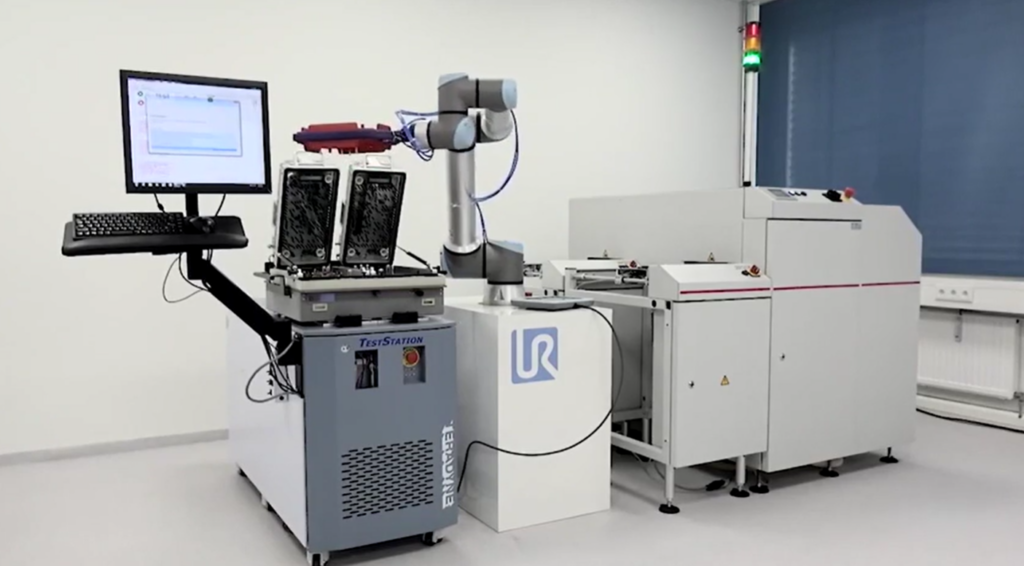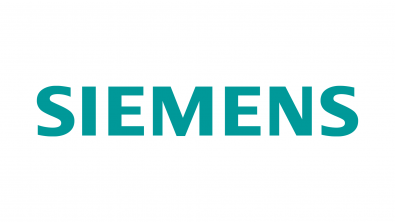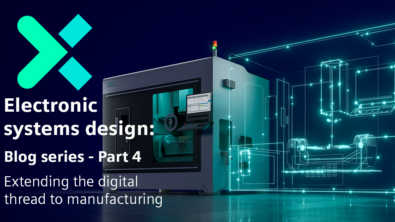Digital transformation: Solving age-old challenges in electronics manufacturing

In the fast-paced electronics and semiconductor manufacturing world, one challenge has persisted for decades: the inefficient management of engineering change orders (ECOs). This issue, deeply rooted in traditional processes, has long been an issue for manufacturers, causing delays, increasing costs and impacting customer satisfaction. However, digital transformation is finally offering a solution to this age-old problem.
The persistent ECO challenge
For years, companies in the electronics sector have grappled with slow, manual and error-prone ECO processes. These inefficiencies have led to:
- Extended product development cycles
- Increased manufacturing costs due to rework and scrap
- Missed market opportunities
- Customer dissatisfaction
The need for a solution has been clear, but until recently, technology hadn’t caught up with the complexity of the problem.
Digital transformation: The game-changer
Enter digital transformation. By leveraging advanced technologies like Product Lifecycle Management (PLM) systems, cloud computing and collaborative platforms, companies are now able to streamline their ECO processes dramatically. This transformation is not just about adopting new software; it’s about reimagining how work is done.
Case in point: Teradyne’s success story
Teradyne, a $1.2 billion automatic test equipment manufacturer, serves as a prime example of how digital transformation can solve this long-standing industry challenge. Like many in the industry, Teradyne struggled with a fragmented ECO process that spanned multiple business units and relied heavily on manual, paper-based workflows. With ECO cycle times exceeding 90 days and a staggering 70% rejection rate, the company recognized the urgent need for change.

Teradyne’s solution came in the form of Siemens’ Teamcenter PLM software, an integrated platform for product lifecycle management. This comprehensive solution addressed key needs through a phased-in deployment approach, starting with crucial functions like requirements management and engineering documentation, then progressing to parts management and integrated engineering change and bill of materials management.
The results were transformative:
- ECO cycle time reduced by 84% (from 90 days to just 14)
- Rejection rate for ECOs decreased from 70% to 26%
- Cost of implementing change orders reduced by 60%
- Project slip rates improved from 7.5% to -4%
- Annual savings of $2 million due to increased productivity
We’re not just meeting our promised delivery dates – we’re beating them.
Bill Duggan, Engineering Manager at Teradyne
Teradyne’s journey to streamline their ECO process is a compelling example of how digital transformation can solve long-standing industry challenges. Their story offers valuable insights for any manufacturer looking to improve their operations.
To dive deeper into Teradyne’s implementation strategy, challenges overcome, and the full scope of their results, read the complete case study.
Key takeaways for industry leaders
Teradyne’s success story offers valuable insights for other manufacturers:
- Embrace integration: Combine PLM systems with collaboration tools for a holistic solution.
- Implement gradually: A phased approach allows for fine-tuning and building support.
- Centralize data: Create a “single source of truth” to improve accuracy and accessibility.
- Automate workflows: Reduce manual errors and streamline processes.
- Foster cross-functional collaboration: Break down silos between departments.
- Measure outcomes: Track critical metrics to quantify ROI and guide further improvements.
The future of manufacturing
As the electronics industry continues to evolve, with shorter product lifecycles and increasing complexity, agile and efficient processes are no longer just nice to have – they’re critical for survival and growth. Digital transformation offers the key to unlocking these efficiencies, turning age-old challenges into opportunities for innovation.
Are your engineering and product development processes ready for this digital revolution? The time to act is now. By embracing digital transformation, you can position your company to overcome long-standing inefficiencies and prepare for the next wave of industry growth.


